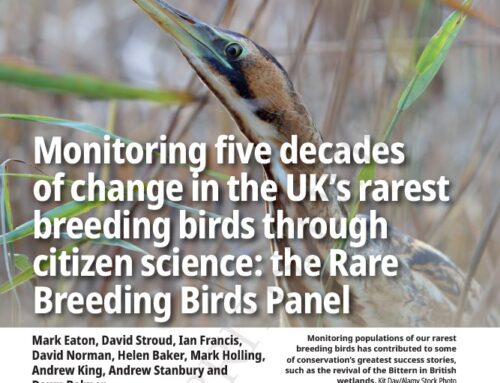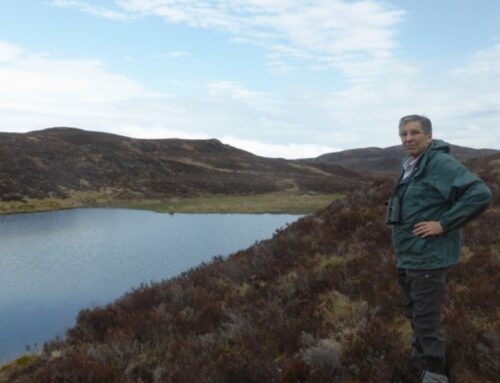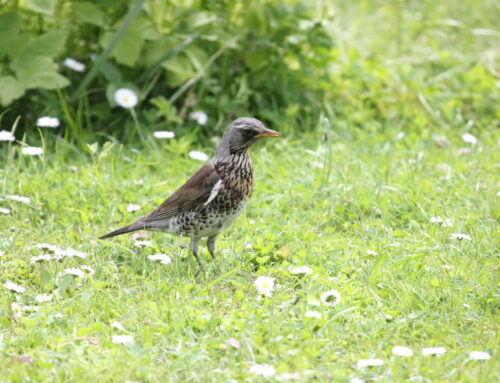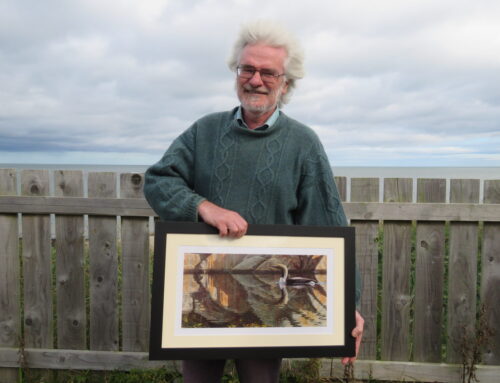Press release accompanying the 2020 annual RBBP report
“No show for UK’s rarest bird of prey”
- New report shows that the UK’s rarest bird of prey failed to breed for the first time in 45 years.
- Montagu’s harrier was almost driven to extinction in the 19th century by persecution, and also disappeared in the 1970s due to the impact of pesticides.
- Last year, they were added to the UK’s Red list of threatened birds in response to severe declines in their breeding population.
A new report published today shows that Montagu’s harrier, a close relative of the also rare hen harrier, has failed to breed in the UK for the first time since 1975. Only three females and six males were reported, and none of these formed a pair.
The annual report of the Rare Breeding Birds Panel (RBBP), funded by the Joint Nature Conservation Committee, RSPB and BTO and published in the journal British Birds, aims to track the progress of the UK’s rarest breeding birds by compiling data from conservationists, scientists, and thousands of volunteer birdwatchers. The latest report includes 101 scarce or rare native bird species, and 12 non-native ones.
Montagu’s harriers are migratory, spending just a few months of the year on their breeding grounds and wintering in Senegal, West Africa. Like many other migratory birds, they face multiple threats across many countries, and on their journeys they can be hit by extreme weather and illegal hunting.
The low numbers that do make it back to Europe to breed then face further pressures. Montagu’s harriers nest in agricultural fields, in particular winter cereals and oilseed rape in the UK, and often return to the same nesting areas each year. Their previous strongholds in Spain and France are diminishing due to intensification of agriculture, such as earlier harvest dates, as well as wetter summers.

Montagu’s Harrier; Derek Moore
At breeding sites intensive conservation interventions are necessary to protect nests from agricultural operations, reduce predation risk, prevent disturbance and the possibility of illegal persecution. The latter, as for many raptors, is suspected to be an issue: satellite-tagging has revealed that two breeding females including one featured on BBC Autumnwatch both vanished unexpectedly from the same area in Norfolk in recent years. Last year, Montagu’s harrier was added to the Red List, the highest category of the UK’s Birds of Conservation Concern assessment.
At present, with few individuals returning and no breeding, the future looks bleak for Montagu’s harriers in the UK. However, the species has recovered before, and committed conservation staff, volunteers and landowners are determined to ensure it recovers again.
It’s not all doom and gloom for the UK’s rarest birds. The latest report highlights record highs for twelve species including common crane and white-tailed eagle – the latter has moved from the Red to Amber list of Birds of Conservation Concern, recognition of the success of the reintroduction of this species to Scotland that began nearly 50 years ago.

Cattle Egret; Mark Eaton
Cattle egrets are relative newcomers to the UK. These small white herons first bred here in 2008, and have continued to do so for the last four years. Although still confined to England, in 2020, they had spread to five new sites and have spread as far north as Cheshire. Originally from mainland Europe and Africa, cattle egrets have naturally and rapidly colonised many new areas including Australia and South America, and may become a permanent resident in years to come.
Other wetland birds have fared well in the latest report, with bittern, spoonbill and great white egret also having record-breaking years. It is likely that these successes are as a result of increased conservation efforts, including protection from hunting across Europe through legislation, as well as the creation, protection and management of wetland sites. In northern Scotland the red-necked phalarope also reached a new high, and a pair of wrynecks was reported from Wales – the first pair reported anywhere in the UK since 2002, although it is not known whether they bred.
The monitoring of rare breeding birds in the UK is reliant on the efforts of volunteer birdwatchers, and in 2020 their efforts were hampered by the Covid lockdown restrictions in place throughout the spring, meaning that many reserves and remote areas could not be visited. As a result lower numbers were reported of many species.






